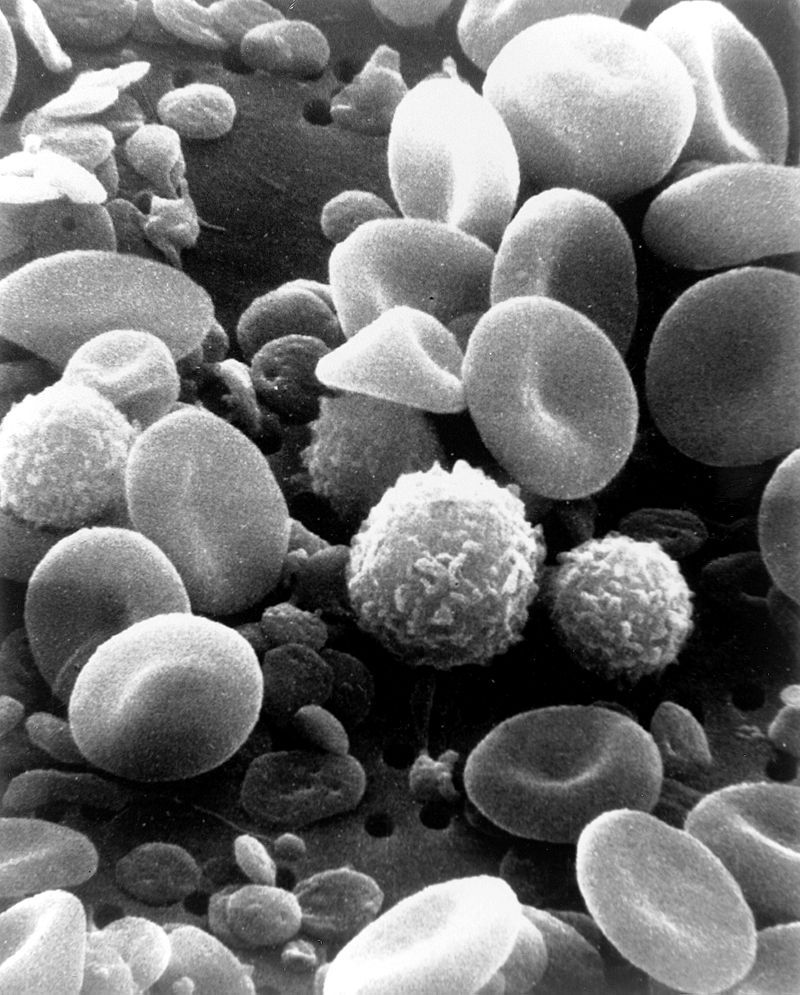A recent discovery made in Yale University’s Department of Radiology and Bioimaging could accelerate the development of Type-1 diabetes therapies. This group of Yale medical researchers, along with collaborators at Columbia University, have identified a ligand to aid in imaging beta cell masses within the human pancreas. This discovery has applications in observing people with Type-1 diabetes or at risk of developing Type-1 diabetes.
Type-1 diabetes is characterized by the destruction of beta-cell masses within the pancreas. When these cells are non-existent, they cannot synthesize insulin, a hormone key to regulating the amount of sugar in the bloodstream. Without insulin, patients experience symptoms of high blood sugar, which can have detrimental effects on their health.
In the group’s research, they compared scans of the pancreas of healthy individuals with those of people who had Type-1 diabetes. The group tested various compounds to identify certain ligands that would exclusively bind to beta cells within the pancreas so that scientists can locate and identify beta cell masses. The ligand they identified, C (+)-PHNO, specifically targets and binds to dopamine receptors on the surface of the beta cells. Once these ligands bind to the beta cells, Positron Emission Tomography (PET) scans can be used to identify and locate the beta cells.
Jason Bini and Gary Cline, two of the researchers, are looking forward to the application of their discovery in Type-1 diabetes therapy. Bini commented that the ultimate goal of their research is to “use it as a tracking technique for different methods of Type-1 diabetes therapies.” This application is especially exciting, according to Cline, because there has recently been a “major push in the scientific community to develop treatments,” and this research could act as a major tool in aiding the effort.

